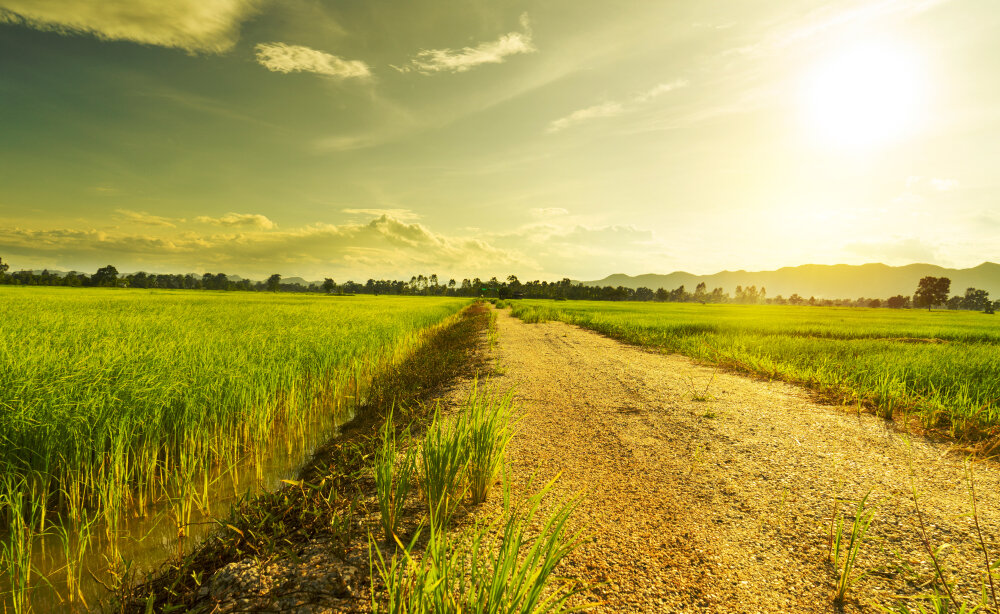



Article by: Hari Yellina
Farmers’ environmental passion and know-how have been urged to help the federal government more than treble the quantity of land under private conservation. Farmers, landowners, and conservation organisations have banded together to demand more government support for landowners who wish to permanently set aside portions of their land for nature. The broad alliance, led by the Australian Property Conservation Alliance, aims to increase the percentage of privately held land set aside for conservation from 2% to 5% by 2030. Currently, state governments fund private land conservation to varied degrees – NSW’s Biodiversity Conservation Trust is well-funded and actively establishing a network of private conservation landholders, whereas South Australia had no financing programme until recently.
With 60 percent of the continent held by private companies, ALCA CEO Jody Gunn said it was evident that the issue required political leadership and investment. “There are currently tens of thousands of landowners around the country who have voluntarily committed to permanently protecting animal habitat and iconic natural sites on our land,” Dr. Gunn stated. These individuals are ecstatic to be entrusted with the protection and management of these priceless resources. They aim to contribute to the survival of endangered native species as well as the health of our rivers, forests, and agriculture for the benefit of all Australians.
Drew Gailey, a Victorian beef farmer, supports increasing funding for private conservation. He’s been gathering seeds and growing endangered species on his property to help restore biodiversity. “We have less than 1% of native grasslands left in Victoria,” Mr Gailey said. “These grasslands are frequently home to a large number of plants and animals – it’s possible to locate more than 25 species in a square metre.” Actually, it’s never been more critical to protect what’s left of these once-abundant grasslands. Many species, including the critically endangered Golden Sun Moth, rely on a special type of grass found in natural grasslands, which are fragmented and isolated today.
Mr Gailey has a conservation covenant on areas of his property with threatened biodiversity, and he receives money to manage it, but he may still graze cattle and utilise the land. “However, even if the land is sold, it means the region is protected for nature,” he explained. “Knowing that it will be safeguarded in the future gives me hope that this special place will be preserved.” Grants, payments in perpetuity for lost land use income, or a fixed payment depending on the land’s worth are all examples of private land conservation support schemes that differ by state.
Many farmers were enthusiastic conservationists with a love of the land they owned, according to Michelle Grady, national director of the Pew Charitable Trusts, and private conservation worked hand-in-hand with agriculture. Investing in permanently protected private land allows landowners to diversify their income, stimulates prudent land management, produces local jobs, and maintains Australia’s thriving rural landscapes’ long-term productivity and resilience. “We can build on the practical hard work of thousands of enthusiastic and devoted individuals who have a direct connection to their land and wish to assure its conservation with more investment and support. We can raise the quantity of privately owned property permanently preserved if we work together,” Ms Grady said.